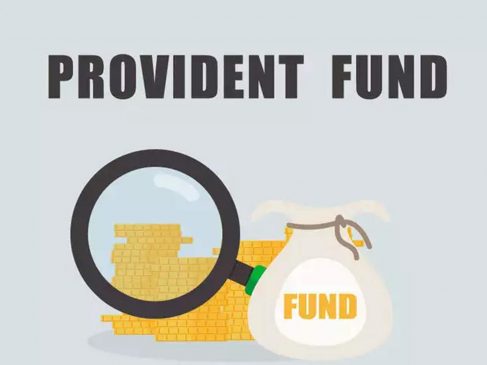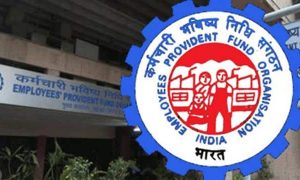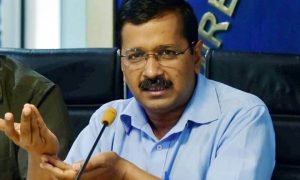The employee should have completed five years’ membership for withdrawing amounts from the provident fund account
Purchasing a house property requires significant funding from the buyers. If a loan is taken, it’s a long-term commitment that such borrowers need to evaluate before entering into. One alternative mode of funding the down-payment for a house property is the Provident Fund balance. Withdrawal from the EPF account is permissible, either to purchase/construct a house or to repay the loan taken for down-payment of house.
Purchasing a house
In accordance with Section 68B of The Employees’ Provident Funds Scheme, 1952 (‘EPF Scheme’), any employee may withdraw her EPF account balance for purchase of house or construction of a house on a land, subject to specified conditions. In case of plot purchase for construction of a house, such withdrawal would be restricted to lower of: 24 months of basic salary plus dearness allowance (DA) of the employee or actual cost of the plot. In case of ready to move-in house or construction of the property, the period of 24 months as aforementioned would be replaced by 36 months. Further, such withdrawal in either case would be restricted to 90 percent of EPF account balance and allowed only to such employees who have completed minimum 5 years of service.
Also, it is necessary that the land on which such a house is to be constructed, if any, should belong to the employee investor or their spouse or jointly by both. Such withdrawals can be done in installments. It is also necessary that construction of the house should begin within 6 months of withdrawal of the first installment and to be completed within 12 months from the date of last installment drawn. In case of buying of house property, it is necessary that the transaction should be done within 6 months of the withdrawal of the amount.
Construction of a house by a member of a co-operative society
Section 68BC of the EPF Scheme provides for any member of a cooperative society or registered housing society (wherein the society should have at least 10 members) would also be eligible to withdraw EPF balance for purchase or construction of a residential house. The withdrawal is also permitted for buying a plot for construction of such house from the Central Government, a State Government, or a notified Housing Agency. Such withdrawal would be restricted to lower of 90 percent of the EPF balance or the actual cost.
The employee should have completed five years’ membership with the fund and the share of contributions with interest thereon in the amount standing to the credit in the Fund of the member/or together with the spouse who is also a member, should not be less than Rs 20,000 in order to be eligible for such a withdrawal.
Repayment of home loan
In accordance with Section 68-BB of the EPF Scheme, EPF withdrawal is also permissible in case of repayment of any outstanding housing loan of the employee investor or their spouse. Thus, if an employee has availed a loan for the down payment of any house which is outstanding, he can utilize the EPF balance for repayment of such a loan.
However, it is necessary that such loan needs to be availed from a State Government, registered Co-operative Society, State Housing Board, Nationalized Banks, Public Financial Institutions, Municipal Corporation or a body similar to the Delhi Development Authority, etc. Such withdrawal would be restricted to 36 months’ basic salary of the employee investor plus DA. The employee should have completed minimum 10 years of service.
Advantages and disadvantages of PF withdrawal
PF withdrawal for funding the down-payment or home loan repayment comes with its set of pros and cons. For one, it helps create long-term security for the investor by way of acquisition or construction of an immovable property. Also, if the percentage increase in the property prices is higher compared to returns generated by EPF, then in such a scenario, acquisition of the house property would be a sound financial decision. On the flipside, however, if the EPF return is higher (currently at 8.5 percent) compared to other comparable modes of investment such as fixed deposit and public provident fund, it is better to fund the down-payment through other modes.
Tax implications
Considering that a buyer of property makes withdrawal of lumpsum amount, the same would be exempt in his hands u/s 10(12) of the Income Tax Act, 1961 provided the employee has completed 5 years or more of continuous service.
With respect to interest on EPF, any interest to the extent it relates to amount of EPF contribution exceeding Rs 250,000 by employees would be subjected to taxation as Income from other sources. Such threshold would be increased to Rs 500,000 provided the employee is solely making contributions (employer is not making contribution) to the Provident Fund.
ConclusionAs the yield on PF contribution by way of interest is considerably higher than the prevailing home loan rates, it is advisable that withdrawal from PF should be considered as the last resort and only after evaluating the availability of other sources of funding such down payment.





































